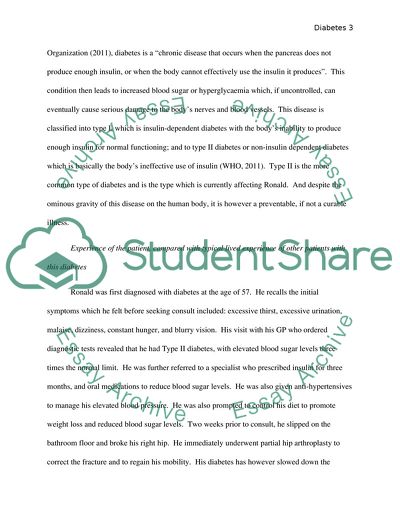Cite this document
(Chronic Condition: Experiencing Diabetes Case Study, n.d.)
Chronic Condition: Experiencing Diabetes Case Study. Retrieved from https://studentshare.org/medical-science/1579247-chronic-condition
Chronic Condition: Experiencing Diabetes Case Study. Retrieved from https://studentshare.org/medical-science/1579247-chronic-condition
(Chronic Condition: Experiencing Diabetes Case Study)
Chronic Condition: Experiencing Diabetes Case Study. https://studentshare.org/medical-science/1579247-chronic-condition.
Chronic Condition: Experiencing Diabetes Case Study. https://studentshare.org/medical-science/1579247-chronic-condition.
“Chronic Condition: Experiencing Diabetes Case Study”, n.d. https://studentshare.org/medical-science/1579247-chronic-condition.


